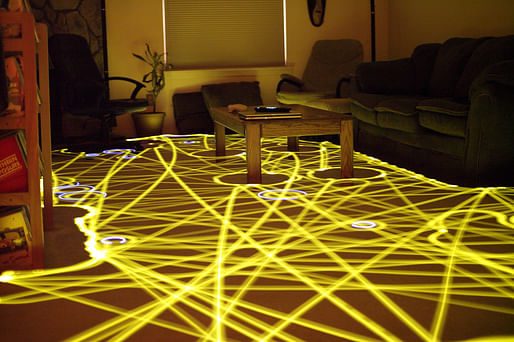

The Roomba robotic vacuum has been whizzing across floors for years, but its future may lie more in collecting data than dirt.
That data is of the spatial variety: the dimensions of a room as well as distances between sofas, tables, lamps and other home furnishings. To a tech industry eager to push “smart” homes controlled by a variety of Internet-enabled devices, that space is the next frontier.
— Venture Beat
Most of the available on the market 'smart home' devices, including lighting, thermostats and security cameras are still quite primitive when it comes to understanding their physical environment. All robovacs use short-range infrared or laser sensors to detect and avoid obstacles, but iRobot in 2015 added a camera, new sensors and software to its flagship 900-series Roomba that gave it the ability to build a map while keeping track of their own location within it.
Colin Angle, chief executive of Roomba maker iRobot Corp, said iRobot would not sell data without its customers’ permission, but he expressed confidence most would give their consent in order to access the smart home functions.
Apple, Google and Amazon have already heavily invested in iRobot.
2 Comments
Now they'll know the precise location of every last dust bunny and Dorito shard. Curse you, Big Brother!
Block this user
Are you sure you want to block this user and hide all related comments throughout the site?
Archinect
This is your first comment on Archinect. Your comment will be visible once approved.